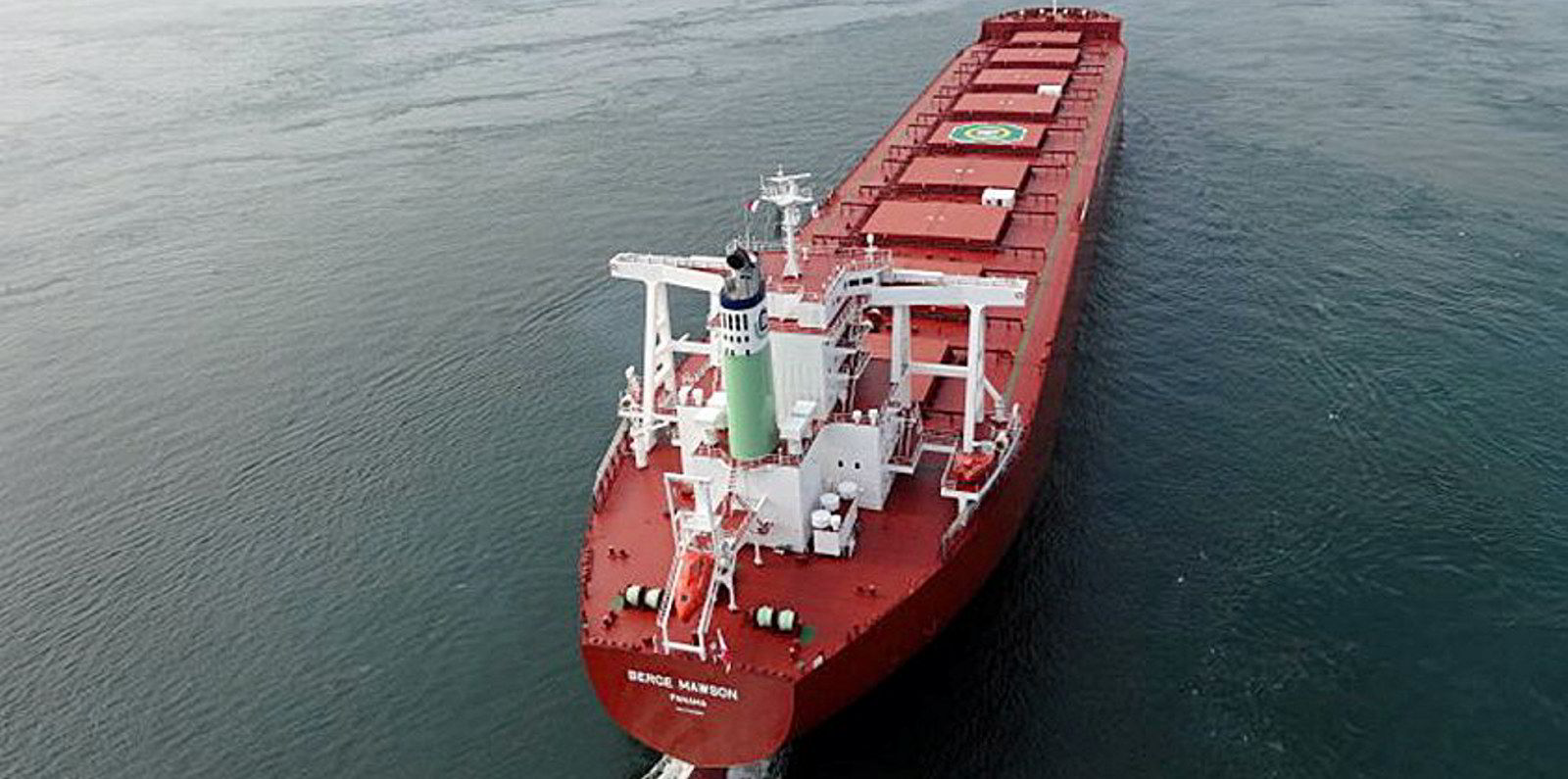The number of seafarers who died from asphyxiation in enclosed spaces spiked in 2023, with new data showing most accidents happened during planned work.
More than 30 people died in 2023, the second-highest annual number from records going back nearly three decades, according to ship management association InterManager.
“These numbers appear to be increasing, which is a cause for concern to all involved in maritime safety,” said the group in a submission to the International Maritime Organization.
InterManager secretary general Kuba Szymanski said the design of ships was “inherently dangerous” and the IMO had to look again at how vessels were made safer.
In some areas of ships, it was difficult to measure oxygen levels and hard to retrieve a stricken seafarer.
“These are the death traps humans are asked to work in,” he said. “We’re also continuing to blame the victims and we’re not learning the lessons.”
The group’s submission to the IMO said 55% of accidents over the past 28 years happened during planned activity on board ships. Most accidents happen in the hold and its access areas and oil tanks.
“We hope that these figures are looked at and people will start to ask questions,” Szymanski said.
The IMO introduced stricter controls on working in enclosed spaces in 2011 after the deaths of 80 seafarers and port workers from asphyxiation in enclosed spaces from 1996 to 2010, according to InterManager data.
The numbers have risen since then, largely because of improved reporting of accidents and scrutiny of accident data by groups such as InterManager.
“Is the regulation fit for purpose? Are all those other codes of conduct, rules and procedures fit for purpose? The answer is they are not,” Szymanski said.
A second analysis of more than 1,600 inspection reports published on Tuesday found that nearly one in 10 vessels did not properly control entry to enclosed spaces.
The report by the International Marine Contractors Association, a trade body for the offshore marine construction industry, said the report identified similar problems to ones found a year earlier.
The report focused on offshore vessels but the group said the failings were found across all shipping sectors.
“From the beginning of all seafarers’ basic training, we are instructed on the hazards and procedures around confined spaces, yet sadly we are continuing to hear of unnecessary fatalities,” said the association’s marine and quality manager, Mark Ford.

“No one should lose their life doing their job; however, more than 300 are known to have died in enclosed spaces on ships since 1996.”
The UK’s marine investigation agency said last year that shipping needs to do more to protect seafarers and port workers from accidents.
The comments were included in an interim investigation report into the deaths of three stevedores in a cargo hold on the 181,200-dwt Berge Mawson (built 2015) in 2022.
The men died while the Berge Mawson was loading coal at Indonesia’s Bunyu Anchorage.
It was one of several cases of multiple deaths when stevedores tried to rescue a colleague who had got into trouble.
The issue is due to be discussed at an IMO committee meeting from 22 July.
Read more
- Schulte Group criticised after over-promoted gas carrier engineer killed in fire
- Shipping ‘needs to do more to protect crew in enclosed spaces’
- If you want to build safer ships — ask a seafarer, says InterManager
- Kuba Szymanski: We need to fix shipping’s image problem
- P&I insurers act on enclosed space accidents as death toll rises




